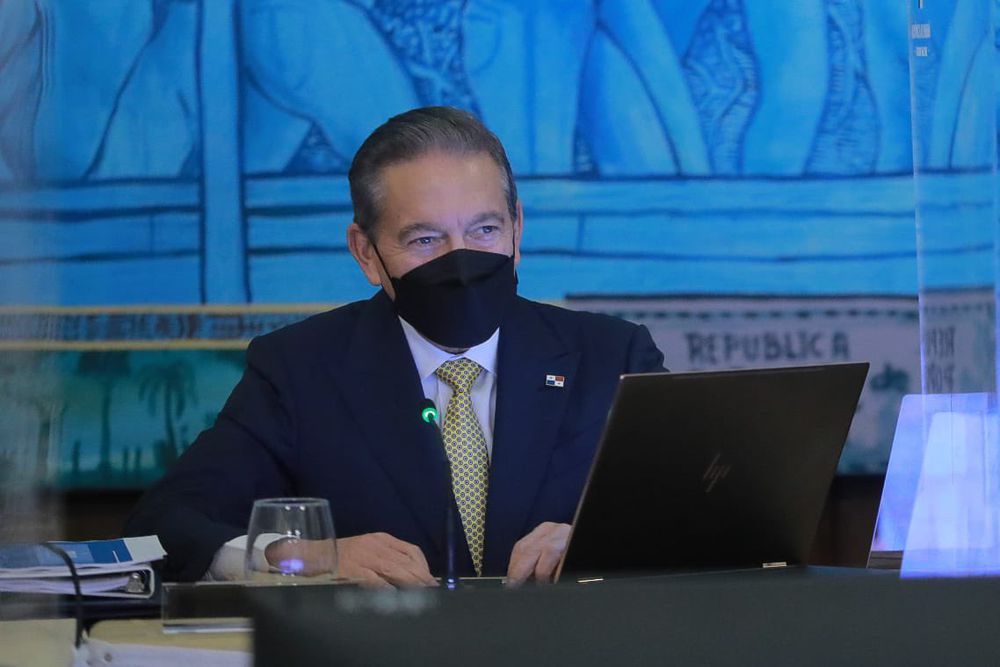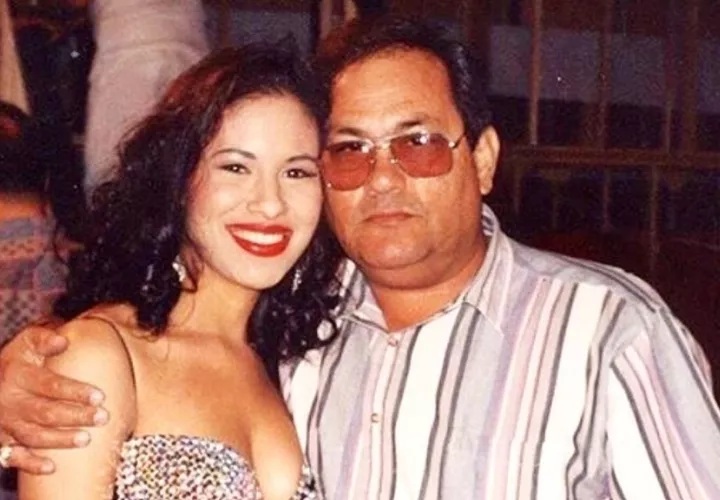MEDIAWATCH: A Wartime President

By Rodrigo Noriega, La Prensa
History is the mother of the essential disciplines for a political analysis. In the current situation that we face as a nation, the first president, if you like the technical director of the “Panama team” , is a ruler who operates under the mentality of being in the middle of a war. Panamanian history, always rich in parallels, offers us a comparison with the last president who managed this country in the middle of a war: Ricardo Adolfo de la Guardia Arango .
Popularly known as the Cojo (limping)de la Guardia, this president ruled Panama from October 9, 1941 to June 15, 1945. He ascended to the presidency after the civil coup against the first government of Arnulfo Arias and assumed the reins of the Panamanian State during almost the entirety of the Second World War.
That war gave Panama first-rate strategic relevance since both Germany and Japan made significant preparations for fighting and attacks on Panamanian territory and the Panama Canal Zone. To protect the Canal, in the metropolitan area of Panama and Colon blackouts called “imposed outes Black- ” there was also tight price control and rationing products such as gasoline and meat.
While the government of the President La Guardia applied draconian measures throughout the territory, the naval intelligence of the United States pursued supposed spies, Germans, Italians and Japanese. In Panama there were internment camps for suspects or foreign families of the mentioned nationalities. Taboga was turned into the Italian confinement area, while some Germans were sent to Texas and the Japanese to Utah.
The Guardia government was characterized by overcoming its political errors with institutional responses. The law that established university autonomy was approved, as well as the contentious-administrative regime to control the legality of government acts, and which continues to this day. The President of the Guard called elections for the Constituent Assembly of 1945 , without any obstacle or agenda. He handed over power to the president-elect for that constituent on June 15, 1945.
The realities of then and now are clearly different, but the mentality with which he faced a very serious challenge is the biggest difference. The president of the Guard sought to add people and legitimacy to his government, allowing the first election in which women were able to vote. Panamanians remember that it was a time of hard sacrifices, but of much-shared prosperity. It was not an accident, that after the war, we Panamanians had the best carnival in our history between the “victory” of 1946 and that in December 1947 the United States was denied the permanence of its military bases outside the Canal Zone Panama, an important gesture for the recovery of our sovereignty.
In the case of Cortizo, there is terrible loneliness in the exercise of power. Cortizo no longer gives open press conferences or live speeches. The self-assured man who dominated the public agenda in April fell into the hands of the anxious politician of the month of July. The pandemic still has life, and therefore the opportunity to honor heroes and martyrs, not with monuments, but with a frontal fight against the corruption of their government, and the restoration of Panamanian politics to the level of greatness that was promised to us.
Cortizo, unlike his predecessor of La Guardia, has several wars at once. While the Guard was to lead a country in World War II, the current president must run this marathon against the pandemic, the economic crisis and the worst enemy of all, the voracity of the political class that ensures impunity for all kinds of criminal, from gangs to the perpetrators of the great looting of our heritage.
How did you overcome La Guardia’s challenge? He made many mistakes, surrounded himself with very bright people, and gave wings to all sectors of the country’s political and economic life. He did not fester or lock himself in the presidency. These lessons contrast with a part of the memories that the year 2020 will leave us. Among many experiences are the three massacres that occurred until July. First it was that of the La Joyita prison, then it was that of the Ngäbe-Buglé region and for the moment we hope that the last, that of the Fort Espinar bunker, in Colón.
All these events have in common the same triggering factor: the failure to fulfill the State’s duties to protect the population of this territory. That is the same terrible problem that keeps the pandemic alive and fierce in Panama. That is the first problem that Cortizo must solve to overcome his wars, and he will not be able to do it if he only summons members of his party. The president of La Guardia was able to understand that and take the leap that gave birth to the 1945 constituency, that changed this country. The pandemic is the challenge and the opportunity.





